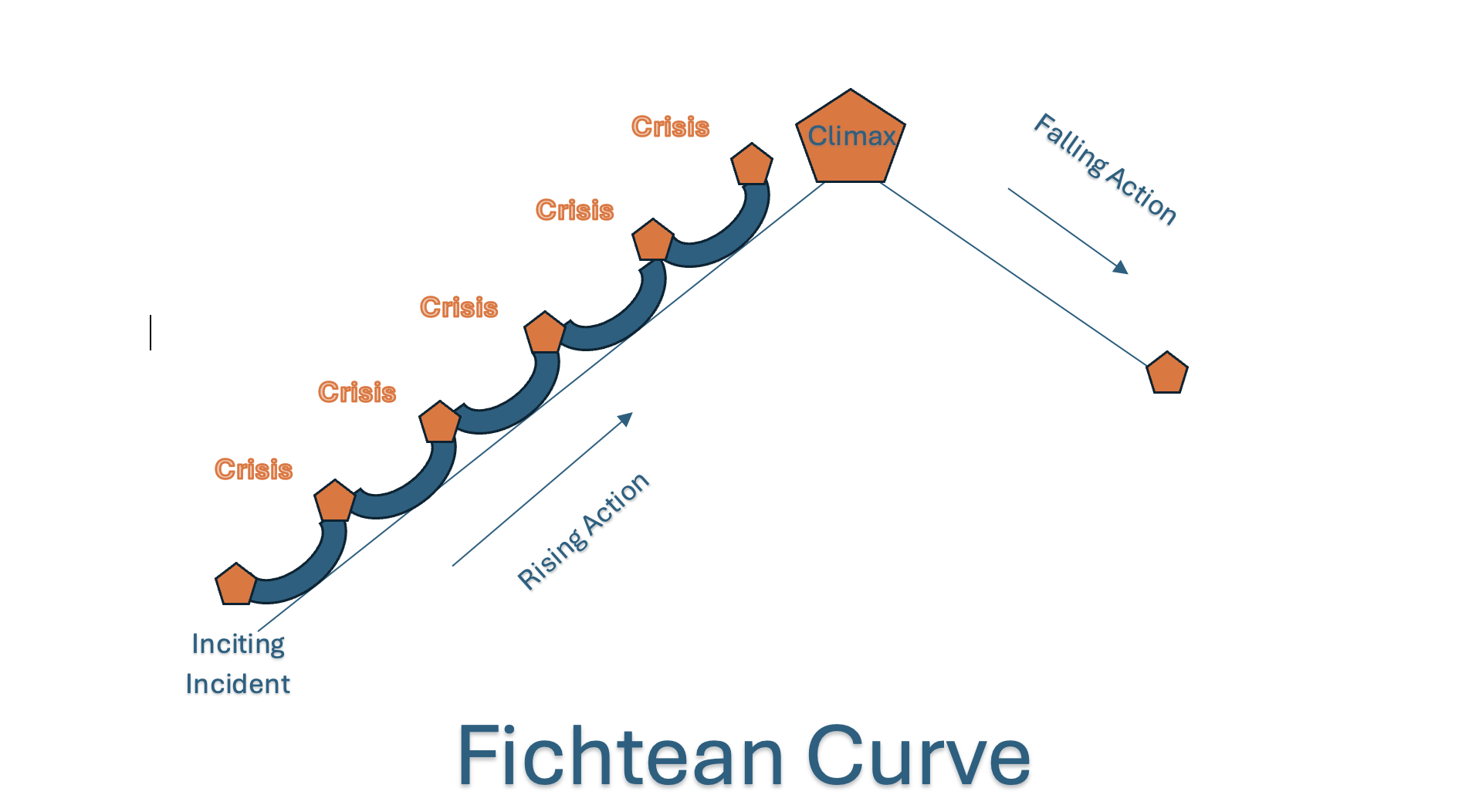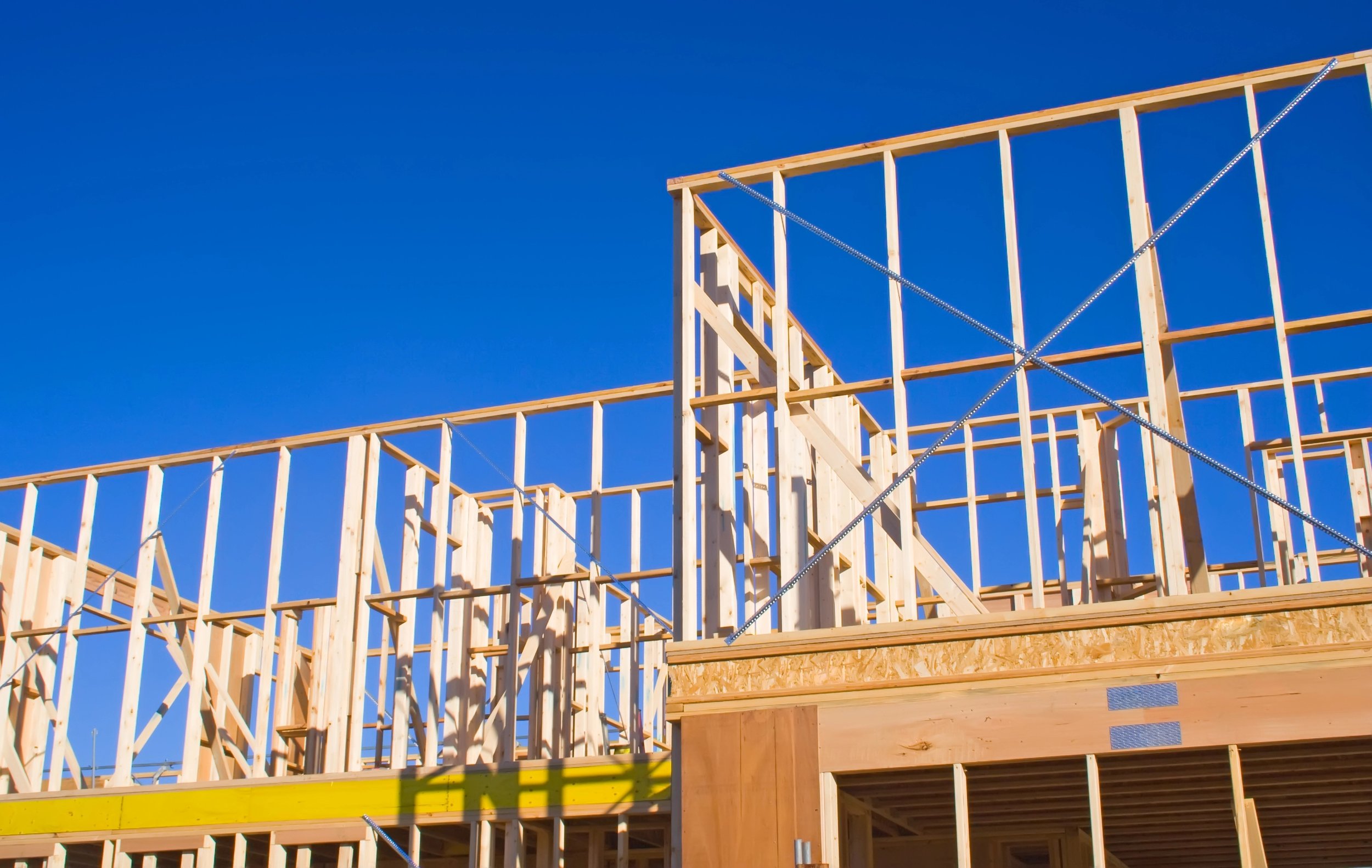Domestic Abuse—What is it, and why write about it?
Amazon Affiliate Disclosure
Pauline J. Grabia participates in the Amazon Services LLC Associates Program, an affiliate advertising program, and earns from qualifying purchases from links in this post.
Please subscribe to my email newsletter for updates on my website and blog and exclusive access to the Prologue of my novel, Filling the Cracks, posted a chapter at a time each Wednesday on my blog. You can do so in the form found in the footer of this page. Thank you!
Why Do I Write About Domestic Abuse?
In the novel I’ve written and am in the process of pitching to literary agents, Ashes of Injustice, the female protagonist is a survivor of domestic abuse. This is a theme in other manuscripts and short stories I’ve written. One might ask what is behind my preoccupation with domestic abuse. The simple answer is that I’ve witnessed family and friends who were abused or are still in abusive relationships. I’ve seen its long-term damaging effects on individuals and families and feel the need to expose and explore it in my writing. I am a survivor of abuse—physical, sexual, emotional, psychological, spiritual, and financial. It’s a problem of epidemic proportions, not only in the part of the world where I live but in humanity. For these reasons, I expose it as a problem in my writing through the experiences of the characters I create. I strive not only to show the pervasive evil that domestic abuse is but also that it is possible to find freedom and healing from it.
I thought I understood everything there was to know about domestic abuse when I decided to write this blog. To do my due diligence, I researched it and realized that despite my exposure to it, I still had much to learn. Consequently, I will not mistakenly assume that everyone who reads this will know what I mean when I use the term ‘domestic abuse,’ so I will briefly define what it is and what someone can do if they find themselves a victim. This will not be a complete study of the problem of domestic abuse—entire books have been written about it. I can only briefly define it and give a few examples in this blog.
What is Domestic Abuse? (With examples)
Also known as domestic violence or intimate partner violence, the United Nations defines domestic abuse as “a pattern of behavior in any relationship that is used to gain or maintain power and control over an intimate partner.” It can be physical, sexual, emotional, economic, psychological, or spiritual in nature, including “any behaviors that frighten, intimidate, terrorize, manipulate, hurt, humiliate, blame, injure, or wound someone.” (UN.org)
Anybody can be a victim of domestic abuse irrespective of age, race, ethnicity, gender, sexual orientation, faith, or class. It’s displayed as a pattern of abuse toward an intimate partner, whether dating, married, or another familial relationship. Anywhere the abuser “exerts power and control over the victim.”
Examples of the various forms of domestic abuse include:
1. Physical Abuse: hurting or attempting to hurt a partner by means of hitting, kicking, grabbing, pinching, slapping, biting, burning, shoving, hairpulling, denying medical care, forcing alcohol/drug use on another person, or “disrupting your sleeping patterns to make you feel exhausted.” (CenterforFamilyJustice.org)
2. Sexual Abuse: forcing a partner to engage in any form of sexual activity when that partner doesn’t want to do it (consent). This includes overt acts, verbal sexual insults or being called sexual names, and manipulation into compliance.
3. Emotional Abuse: activities that undermine someone’s sense of self-worth through belittling, constant criticism, name-calling, or other verbal abuse, damaging a partner’s relationship with (their) children, or isolating a partner from social contact with family and friends.
4. Psychological Abuse: causing fear and/or confusion through intimidation, projection, gaslighting, threatening physical harm to partner, children, and/or pets, and other mind games; stalking.
5. Spiritual Abuse: “Using someone’s religion or spiritual beliefs as a tool to cause them harm… it’s a pattern of behavior that’s about exerting power and control” over a partner’s spiritual life and practices. (psychcentral.com)
6. Financial Abuse: making or attempting to make a partner financially dependent by controlling financial resources, withholding access to money, forbidding attendance at school (education) or employment, or sabotaging employment opportunities.
Recognizing the Signs of Domestic Abuse
According to UN.org, to recognize if you are living in a domestically abusive relationship, ask yourself whether your partner:
· Embarrasses or makes fun of you in front of family or friends?
· Puts down your accomplishments?
· Makes you feel like you are unable to make decisions?
· Uses intimidation or threats to gain compliance?
· Tells you that you are nothing without them?
· Treats you roughly—grabs, pushes, pinches, shoves, or hits you?
· Calls you several times a day or shows up to ensure you are where you said you would be?
· Uses drugs or alcohol as an excuse for saying hurtful things or physically abusing you?
· Blames you for how they feel or act?
· Pressures you sexually for things you aren’t ready for?
· Makes you feel like the is ‘no way out’ of the relationship?
· Prevents you from doing things you want—like spending time with friends or family?
· Tries to keep you from leaving after a fight or leaves you somewhere after a fight to teach you a lesson?
Getting Help
If you find yourself in a domestically abusive relationship. You don’t need to remain in it. You need to get out and get help. How does someone do that? It’s not always easy to extricate oneself from such a situation. Circumstances often make it difficult to leave immediately, especially when financial dependency or children are involved. But it’s important to start the process of leaving the abusive situation as soon as you can.
What are some steps you can take toward leaving a domestic abuser? According to the Mayo Clinic (Mayoclinic.org), here are some steps to consider:
1. Don’t Take Blame for the Abuse.
Many victims fail to seek help “because (they) believe (they’re) at least partially to blame for the abuse in the relationship.” Why might a victim take the blame?
· Their partner blames them.
· Their partner only exhibits abusive behavior with them (and no one else), so they fear no one they tell will believe them.
· Therapists and healthcare providers who see them alone or with their partner haven’t detected a problem (abusers are master liars and manipulators).
· They have acted out verbally or physically against their abuser. However, in most cases, they “acted in self-defense or intense emotional distress” after first being abused. This doesn’t turn the victim into the abuser because such a reaction is part of the instinctual flight/flight/freeze/fawn cycle.
2. Tell someone you trust about the abuse: a friend, family member, doctor, or the police.
3. Create a safety plan.
· Call a women’s shelter or domestic abuse hotline in your area for advice.
· Pack an emergency Bug-Out Bag with extra clothes, ID, important documents, keys, money, prescription meds, and anything else of immediate need you might have. You never know when you might have to leave suddenly for your safety.
· Know exactly where you will go and how you will get there (at a moment’s notice).
4. Protect your means of communication and hide your location where possible.
· Use phones, especially cell phones, cautiously.
· Use home computers cautiously.
· Turn off GPS on your devices and your vehicle, if possible.
· Frequently change your passwords on your computer, phone, tablet, email, bank, and social media accounts.
· Clear your viewing history from your browsers after using a computer or phone.
5. Call a local or national domestic abuse hotline in your country or area. Google is your friend in locating these numbers for your particular location. If you are in imminent danger for your physical safety or life, call your emergency number (in most of Canada, that number is 9-1-1).
6. Get help from a trained and qualified therapist to help you heal from the trauma inflicted on you by the abuser.
Conclusion
The effect of domestic abuse on individuals and families is always destructive and tragic, but there is hope for escape and healing. The first step is leaving the abusive environment. After that, seeking support and therapy is essential for healing. Awareness is vital so we, as a society, can stand up against domestic abusers and do something to stop them and help those who have been their victims. Therefore, I will continue to write about domestic abuse and not shy away from this topic.
In my next blog post, I will explore a specific form of abuse common in domestic situations, though not exclusively so—Narcissistic Abuse.
Thank you again for reading. I hope this was informative and helpful to you. Please leave your comments below and sign up for my newsletter so you keep abreast of what is coming up in the future of jenniroman.com and my blog. Please share this post with friends and family and check out the related posts below. God bless you richly.
Pauline




In previous posts, we have explored various forms of story structure, including Freytag’s Pyramid, the Fichtean Curve, and the Hero’s Journey. Each of these is an effective story structure for a writer, depending on the narrative. The Three-Act Story Structure is one of the most used story frameworks in literature and film. This structure divides the story into three main sections or acts: Act 1, the Setup (or Beginning); Act 2, the Confrontation (or Middle); and Act 3, the Resolution (or Ending). This will not be a comprehensive exploration of the three-act structure, as there are other blogs listed at the end that do a much better job than I could of deeply examining the elements of this structure.